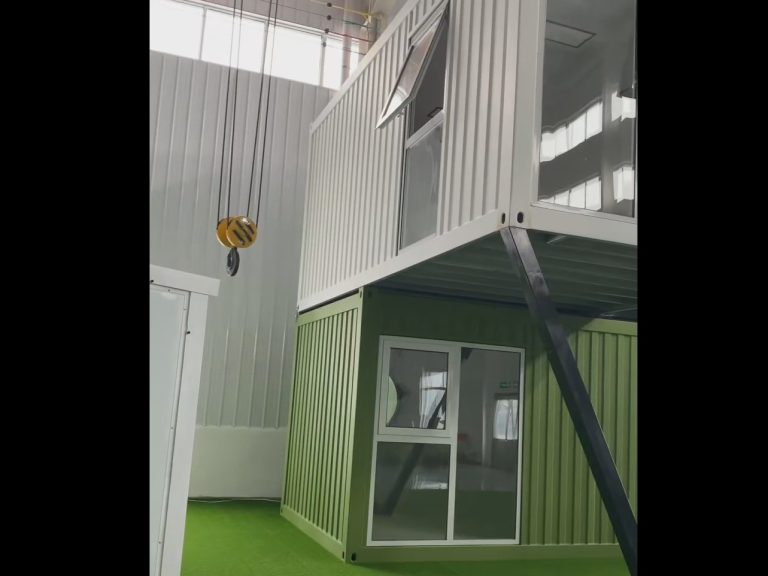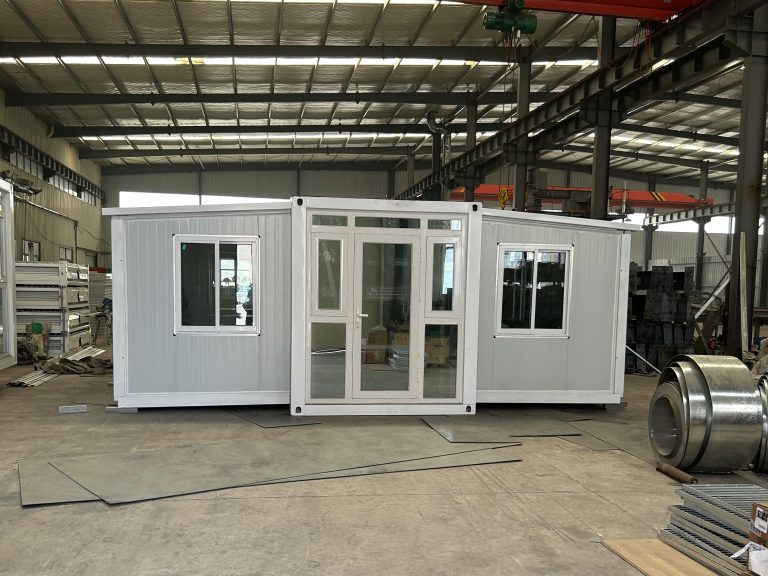Table of Contents
Benefits of Using High-Strength Bolts in Steel Structure Connections
Steel structures are a popular choice for a wide range of construction projects due to their durability, strength, and versatility. One key component of steel structures is the bolt connections that hold the various elements together. High-strength bolts are commonly used in these connections due to their ability to withstand heavy loads and provide a secure and reliable connection.
One of the main benefits of using high-strength bolts in steel structure connections is their superior strength compared to standard bolts. High-strength bolts are made from materials such as alloy steel and are designed to provide a higher tensile strength than regular bolts. This means that they can withstand greater loads and provide a more secure connection between steel elements, ensuring the overall stability and safety of the structure.
In addition to their superior strength, high-strength bolts also offer greater resistance to shear forces. Shear forces occur when two elements of a structure slide past each other in a horizontal direction. High-strength bolts are designed to resist these forces and maintain the integrity of the connection, preventing any potential failure or collapse of the structure.
Another benefit of using high-strength bolts in steel structure connections is their ease of installation. High-strength bolts are typically installed using a torque wrench, which allows for precise tightening of the bolts to the required specifications. This ensures that the bolts are properly secured and provides a consistent and reliable connection throughout the structure.
Furthermore, high-strength bolts are designed to provide a more durable and long-lasting connection compared to standard bolts. The materials used in high-strength bolts are resistant to corrosion and other environmental factors, ensuring that the connection remains strong and secure over time. This can help to extend the lifespan of the structure and reduce the need for maintenance and repairs in the future.
Overall, the use of high-strength bolts in steel structure connections offers a range of benefits that contribute to the overall safety, stability, and longevity of the structure. By providing superior strength, resistance to shear forces, ease of installation, and durability, high-strength bolts play a crucial role in ensuring the success of steel construction projects.
In conclusion, the design and construction of bolt connections in steel structures are essential for ensuring the overall strength and stability of the building. High-strength bolts offer a range of benefits that make them an ideal choice for steel structure connections, including superior strength, resistance to shear forces, ease of installation, and durability. By using high-strength bolts in steel structure connections, builders and engineers can create structures that are safe, reliable, and long-lasting, providing a solid foundation for a wide range of construction projects.
Best Practices for Designing Bolted Connections in Steel Structures
Steel structures are a popular choice for a wide range of construction projects due to their strength, durability, and versatility. One key aspect of designing steel structures is the bolted connections that hold the various components together. Proper design and construction of bolt connections are essential to ensure the structural integrity and safety of the overall structure.
When designing bolted connections in steel structures, there are several best practices that should be followed to ensure a strong and reliable connection. One of the most important considerations is the selection of the appropriate type and size of bolts for the specific application. The size and grade of bolts should be carefully chosen based on the loads and forces that will be acting on the connection.
In addition to selecting the right type and size of bolts, it is also important to consider the spacing and arrangement of the bolts. The spacing of bolts should be designed to evenly distribute the loads and prevent any localized stress concentrations. The arrangement of bolts should also be carefully planned to ensure that they are properly aligned and can effectively transfer the loads between the connected components.
Another key aspect of designing bolted connections in steel structures is the use of appropriate fasteners and washers. High-strength bolts are commonly used in steel structures due to their ability to withstand high loads and forces. Additionally, the use of washers can help to distribute the load more evenly across the surface of the connected components and prevent damage to the steel structure.
Proper tightening of bolts is also crucial to ensure the integrity of the connection. Over-tightening or under-tightening bolts can lead to issues such as bolt failure, loosening, or fatigue. It is important to follow the manufacturer’s recommendations for the torque values and tightening procedures to ensure that the bolts are properly secured.
In addition to the design and construction of bolted connections, it is also important to consider the maintenance and inspection of these connections over time. Regular inspections should be conducted to check for any signs of wear, corrosion, or damage to the bolts and connections. Any issues should be addressed promptly to prevent further damage and ensure the continued safety and stability of the steel structure.

Overall, the design and construction of bolted connections in steel structures require careful planning, attention to detail, and adherence to best practices. By selecting the appropriate type and size of bolts, spacing and arrangement, fasteners and washers, and tightening procedures, engineers can create strong and reliable connections that will ensure the structural integrity and safety of the steel structure. Regular maintenance and inspections are also essential to identify and address any issues before they escalate into more serious problems. By following these best practices, engineers can design bolted connections that will stand the test of time and provide a solid foundation for a wide range of construction projects.







